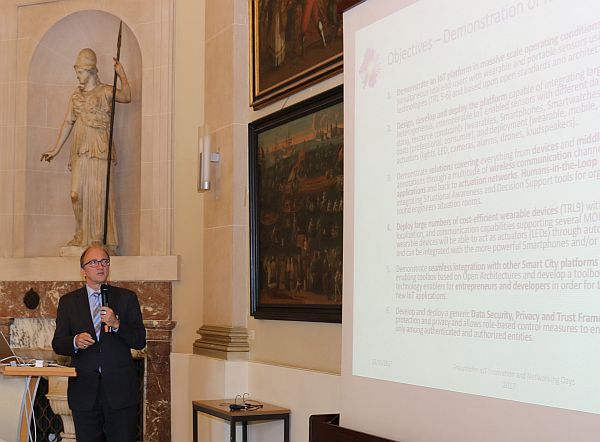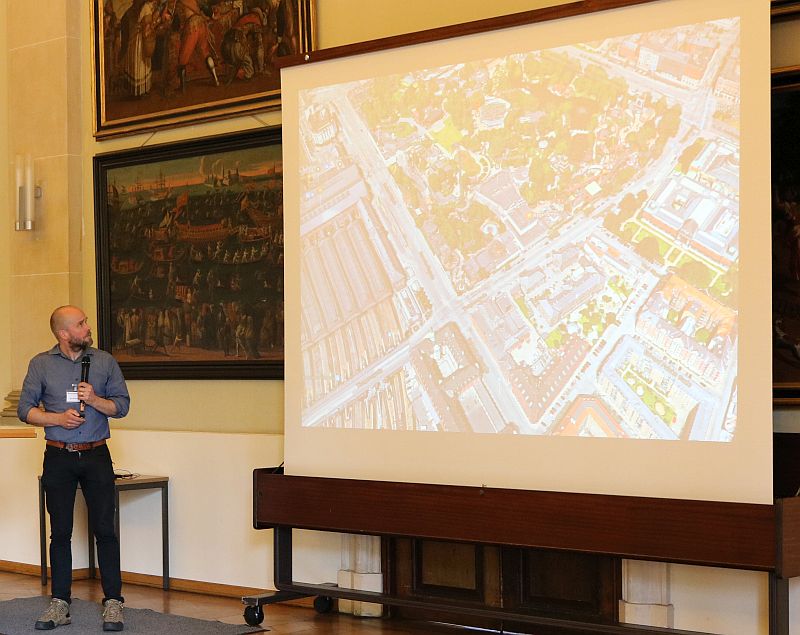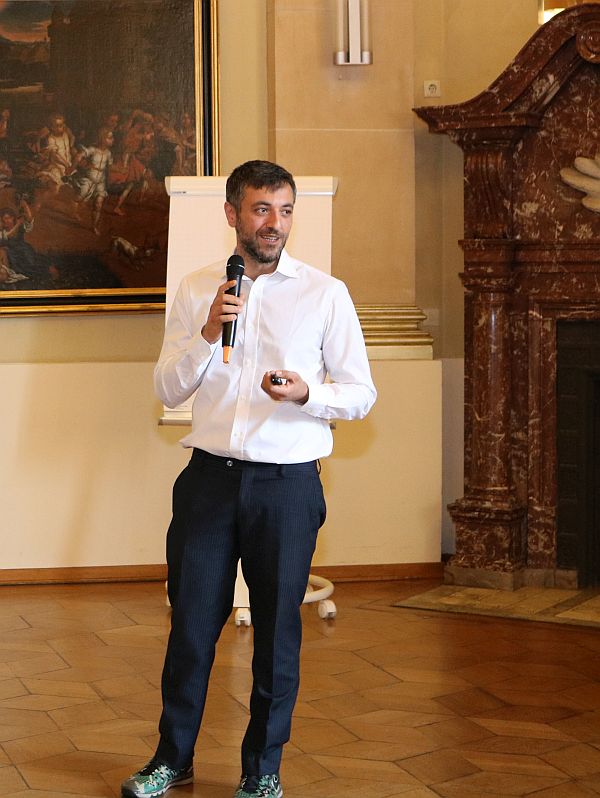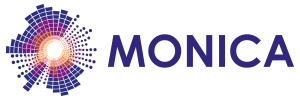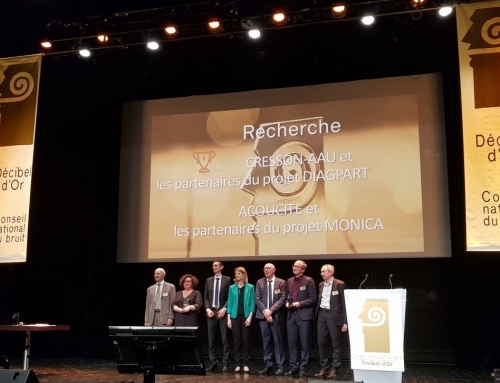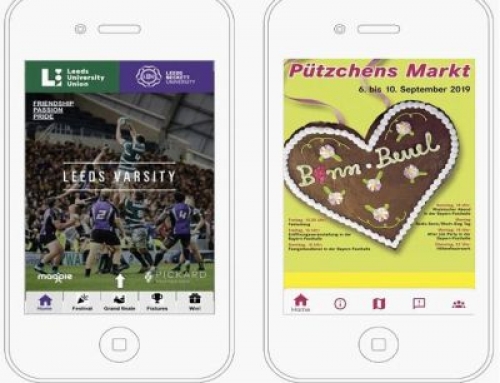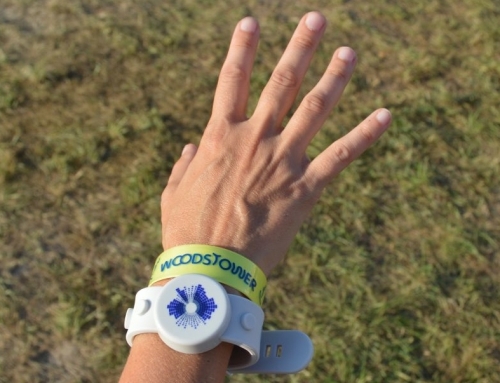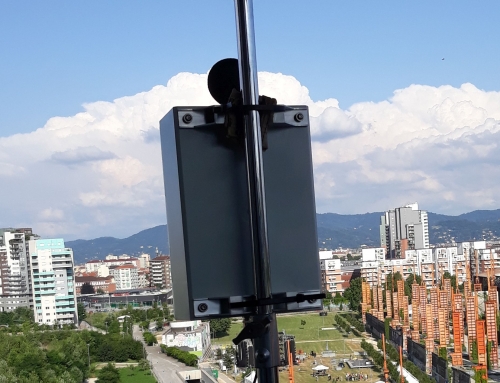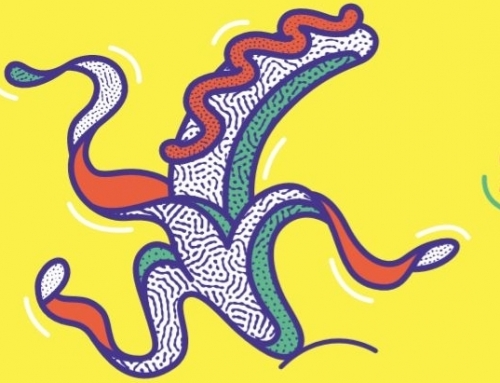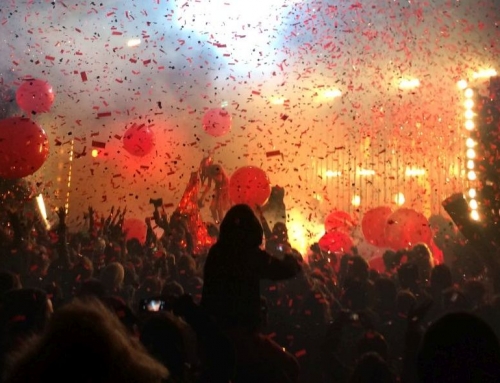How do you safeguard data security and privacy in an IoT world? What new standards and regulations should you be aware of? And how do others approach large-scale deployment of Smart Cities?
These were some of the questions that MONICA addressed at the IoT Innovation and Networking Days on 22nd and 23rd May which were organised by Fraunhofer FIT, bringing together more than 70 experts from the industry, research and public domains to discuss IoT technologies and applications in the fields of Smart Cities and Smart Grids as well as Smart Factories and Sustainable Process Industries.
Presentations of success stories and projects were given, explaining the use of IoT in different application domains, and the event was accompanied by World Café round table discussions on various topics. Marco Jahn from Fraunhofer FIT and Edoardo Patti from Politecnico di Torino led the World Café on Smart Cities and Civil Engagement with lively discussions about how smart cities could be realised with and for the citizens – a topic highly influenced by the MONICA project.
The MONICA presentations included:
Large Scale IoT Pilots in Smart Cities – The MONICA Project
By Markus Eisenhauer, Fraunhofer FIT
Introduces the project MONICA, explaining how the project will demonstrate the use of IoT technologies at large-scale, open-air, cultural and sport events.
Liveable Cities: Sound vs. Noise at Inner City Cultural Events
By Jonas Brunskog, Technical University of Denmark
Exposure to excessive noise levels is known to have a negative impact on quality of life. With rising housing costs in inner cities, residents are expecting to be able to live with minimal disturbances from noise. One important noise source is outdoor amplified concerts in urban areas. We aim, as part of the MONICA project, at developing and implementing novel sound field control schemes for outdoor concerts. Using an array of secondary loudspeakers, the aim is to improve both the sound quality and coverage in the audience area and to reduce the sound levels in the surrounding areas, the latter in order to prevent community annoyance and noise-related health issues. A challenge in doing so is the variable weather conditions outdoors i.e. wind, temperature and humidity, which add complexity to the propagation of sound. The propagation model thus needs to be updated during the concert. The data used for model updating will come from various IoT devices – microphones, wind and temperature sensors and video cameras.
Smart City Torino
By Antonio Murciano, City of Torino
In the past years, a new model of Smart City has started to appear: a model focused on co-creation with citizens. This model arrives after a tech-centered model and a tech-enabled model. Boyd Cohen believes that some cities go through all phases over time and that some other cities start and possibly stay in one of the three models. Torino tries to locate itself in a co-creation model of Smart City. Torino expects to generate a model through which the IoT can support the adoption of socially responsible behaviour of citizens with a great impact on Social ROI and quality of life. Having evidence and information on the impacts of citizens’ behaviour it is possible to make them more conscious and socially responsible. The project MONICA goes in this direction.
Contextual Cyber Security for IoT
By David Lund, HW Communications
The presentation explores how Cyber Security should be considered surrounding the use of IoT within different applications and contexts of use. Application areas include consumer personal devices, Public Safety wearables and smart city sensors. Information is the key asset, and we explore the risks associated with gathering, processing and sharing of information both intentionally and maliciously.
See presentation on SlideShare
Spectrum and Standards in IoT
By Steffen Ring, Ring Advocacy
The concepts of “Internet of Things” (IoT) are increasingly seen as enablers of a still wider range of communication services all the way from simple wireless meter reading to the overall SMART CITY vision. If, however, the stakeholders in this promising industry cannot agree on a set of candidate spectrum bands and a corresponding suite of technical standards for IoT, then the vision could end up in a chaos of poor spectrum utilisation and component incompatibilities with a fragmented/nationally oriented market as a result. Poor competition and therefore expensive devices. Fortunately, the excellent cooperation between ETSI (Standards), CEPT (Spectrum Regulation) and the EU Commission (EU legal provisions) seems to be bringing good results for IoT, as was/is the case for GSM (Cellular Telephony), TETRA (Mission Critical Emergency Communications and LTE (Mobile Broadband).
